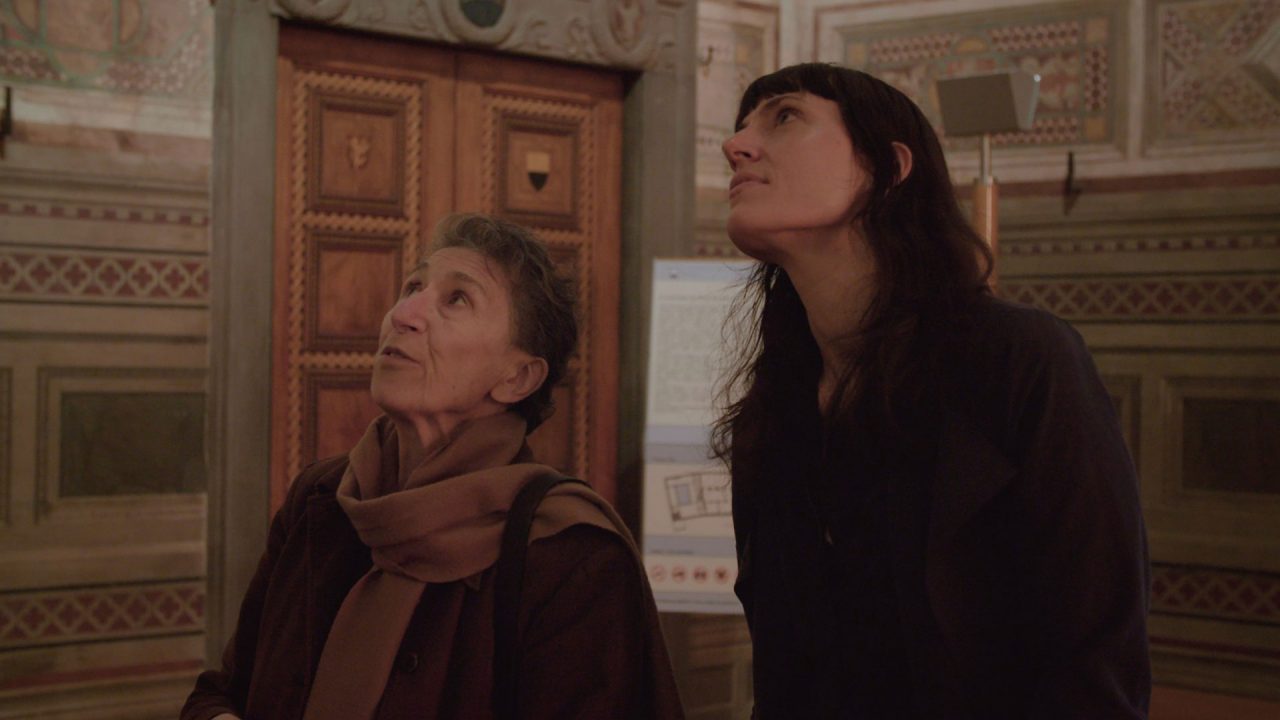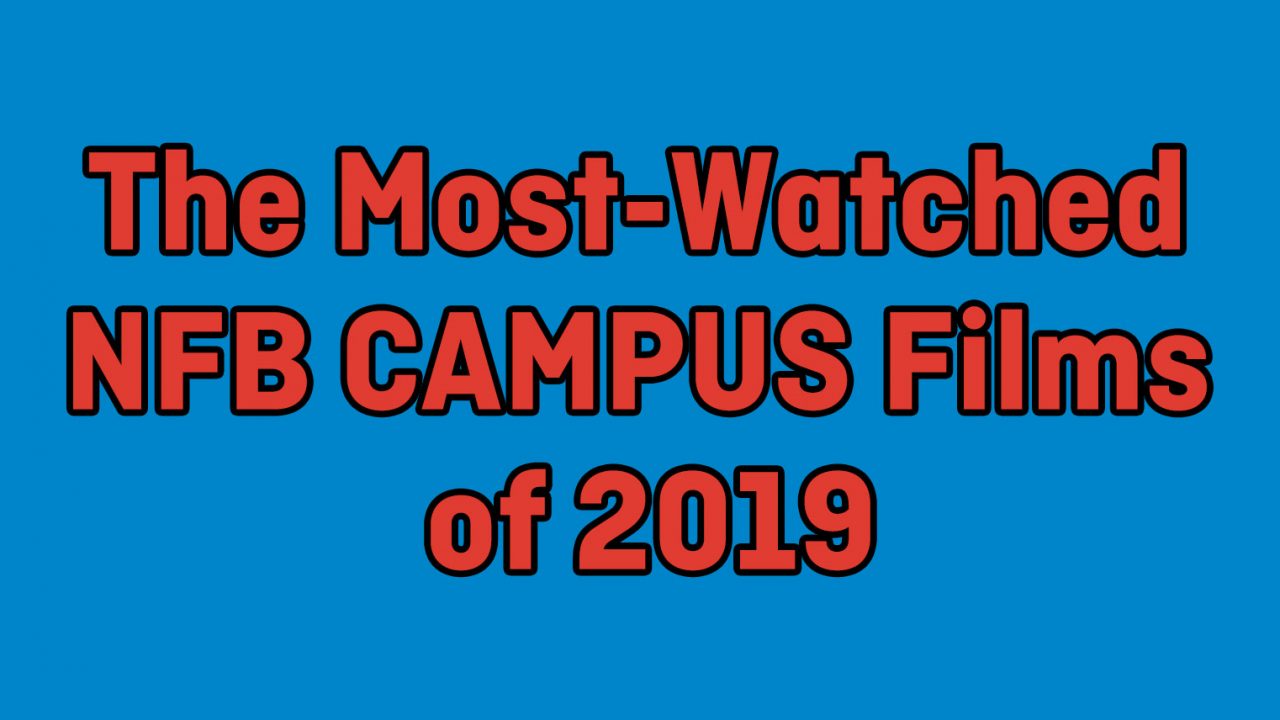
What is Democracy? | Power of the People or Tyranny of the Majority?
What is Democracy? | Power of the People or Tyranny of the Majority?
Whether you are teaching Civics, History or Philosophy, the question of democracy inevitably comes up in the classroom. While students sometimes groan about learning parliamentary procedure, using the film What Is Democracy? by Astra Taylor can help teachers engage with students on topics that are relevant to them. Some fundamental questions include: Are minority groups ignored in today’s democracy? Are modern democracies controlled by the rich? Is democracy truly an ideal? Below you will find ideas on how to incorporate this expansive documentary into your classroom discussions.
What is Democracy?, Astra Taylor, provided by the National Film Board of Canada
Pre-screening Activities
Pre-screening activities provide an engaging hook to thematic ideas in the film. Have students brainstorm conditions required for a country to be considered a democracy (fair elections, full suffrage, right to free speech, etc.). Students can then rank these conditions from most important to least important and defend their choices to other groups or students. Another option would be to gauge student opinion on statements such as: Modern democracy is controlled by the rich; Prisoners should have the right to vote; Justice is more important than freedom. These are all themes that arise in the film, and students will feel more engaged if they see something that confirms or challenges a previously expressed idea.
Tyranny of the Majority
One underlying theme in the film is the historical tension between democracy and slavery and continued racial conflict in the USA. The film contains interviews with prominent activists such as Harvard professor Cornel West and author Angela Davis. A thought-provoking part to use comes at the 16:30–21:40 mark. Minister William Barber II speaks at a rally about how democracy has been curtailed through voter suppression in the USA. This leads into the testimony of a young girl questioning how her struggle for rights differs from protestors in the earlier American civil rights movements. She discusses running from tear gas, being threatened with a gun and whether or not American democracy truly includes her. For this young woman, democracy is clearly more than a right to vote or a right to education without racial segregation.
Discussions for the classroom: After showing the clip, teachers can ask students to participate in a discussion of what other requirements are needed to truly engage all citizens in a democracy. In addition, at what point will democracy fail if minorities are not included?
Ancient and Modern Struggles for Democracy
The film begins with this quote from The Republic by Plato: “Nothing beautiful without struggle.” It is an apt motif throughout the film and a good avenue for History or Philosophy teachers to link current challenges with historical ideas. The film takes us back to the ancient Agora of Greece, for many the birthplace of modern democracy. An interesting clip to use here comes at 21:40–25:00, when a Greek academic explains how Cleisthenes broke up ancient Athenian society so that people would have to work with others beyond their immediate community.
Discussions for the classroom: The idea of the ancients struggling with overcoming polarized groups and elite control resonates and raises questions about how we can create dialogue outside of our echo chambers today. This discussion circles back at the 1:22 mark when the same critic explains how the ancient Greeks selected leaders by lot rather than by vote. This question of whether it would be more “democratic” to randomly select people rather than vote would likely spark interesting discussions in our classroom.
Whose Vote Counts?
Throughout our history, the number of people with access to democratic voting rights has slowly expanded. However, what barriers remain to ensuring that the full “voice of the people” is heard? The interview from 1:10–1:16 addresses exactly this question. A former prisoner, now a hair stylist, eloquently discusses what democracy means to him. He questions why he is denied the right to vote when corporate crime seems to get swept under the metaphorical rug.
Discussions for the classroom: What compelled prisoners to go on a hunger strike, in his case, shutting down the prison library? Teachers can parallel this discussion with the Canadian context. What arguments were given to support suffrage for prisoners in Canadian federal elections? What barriers have Canadians historically had to overcome in order to ensure full suffrage (property requirements, racial barriers, the challenges faced by Indigenous men and women)?
Democracy: A Continued Struggle
Throughout the film What Is Democracy? Astra Taylor highlights how democracy has different meanings for different people. This will be no less true in our classroom today. Nonetheless, the film offers many jumping points to help students question the failings of democracy while also helping them champion its potential. Plato’s challenge, the claim that democracy will naturally lead to tyranny, remains worth exploring today. It will be our students who either give up on the democratic experiment or refine it so that our governments truly do become “of the people, by the people and for the people.”
Carla McIvor currently teaches Social Studies at West Island College in Calgary, Alberta. She has also taught courses ranging from Philosophy to Comparative Government in British Columbia and Ontario. Carla holds a master’s degree in International Relations from the University of Geneva.
Pour lire cet article en français, cliquez ici.
Discover more Educational blog posts | Watch educational films on NFB Education | Subscribe to the NFB Education Newsletter | Follow NFB Education on Facebook | Follow NFB Education on Twitter | Follow NFB Education on Pinterest



